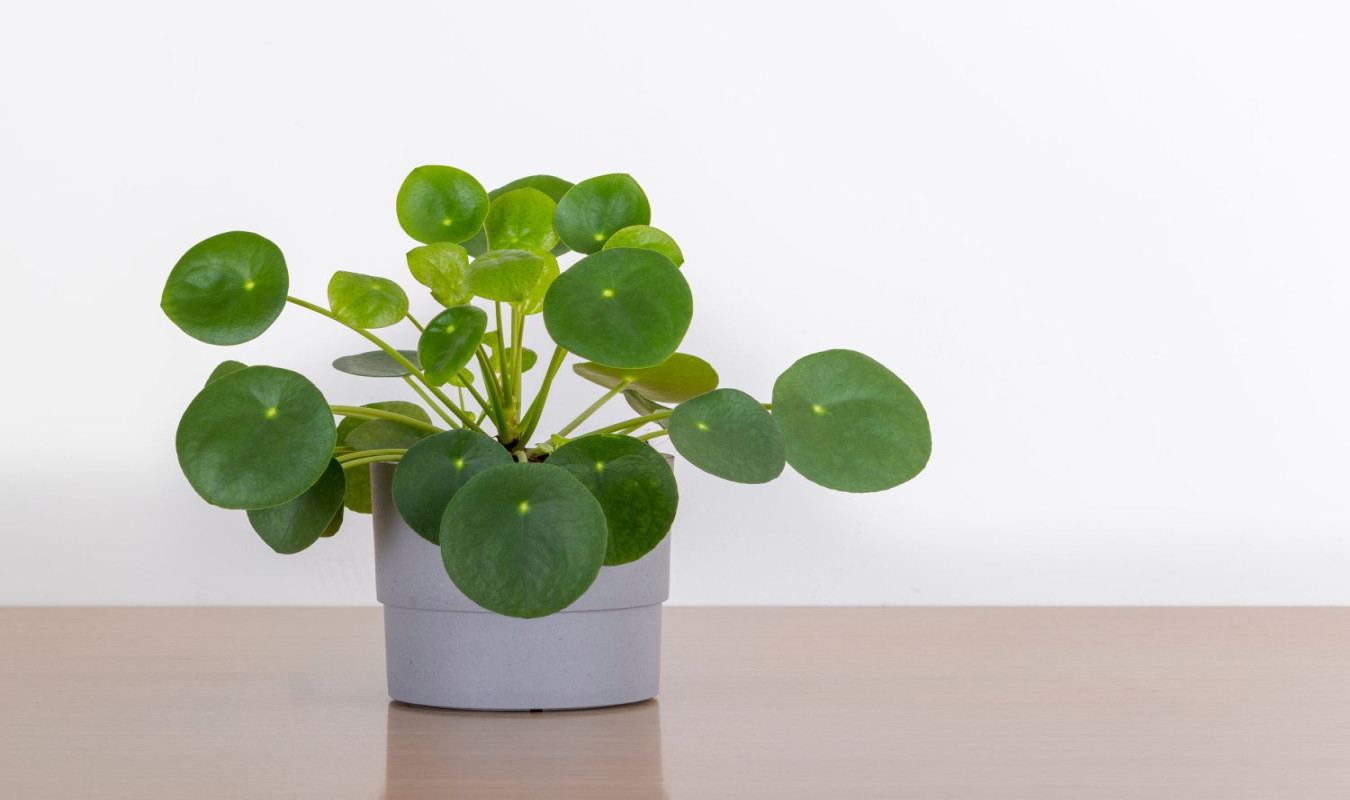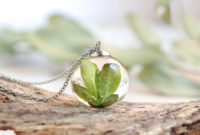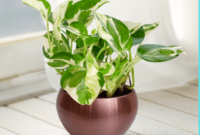From Confucius to Leonardo da Vinci: The Green Wealth’s Famous Fans
money plant, also known as Jade plant or Crassula ovata, is a popular houseplant that is believed to bring good luck and prosperity. As the name suggests, this plant is associated with wealth and fortune, and has been revered by many famous individuals throughout history. From ancient Chinese philosopher Confucius to Renaissance artist Leonardo da Vinci, the money plant has drawn inspiration from a wide range of celebrated figures. Let’s take a look at some of the most famous fans of the green wealth.

Confucius
Confucius was a Chinese philosopher and teacher who lived between 551 and 479 BCE. He was one of the most influential figures in Chinese history, and his teachings on ethics and morality have had a lasting impact on Chinese culture. Confucius was also a lover of plants, and is said to have had a particular fondness for the money plant. According to legend, he believed that the plant had the power to bring wealth and prosperity to those who grew it, and he encouraged his students to cultivate it in their gardens.
Leonardo da Vinci
Leonardo da Vinci was a polymath who lived during the Renaissance period. He was a painter, sculptor, inventor, and scientist, and is widely regarded as one of the most brilliant minds in human history. Leonardo was also a lover of nature, and his notebooks are filled with sketches and observations of plants and animals. Among his many botanical studies was a drawing of the money plant, which he described as a plant of great beauty and charm.
Queen Elizabeth II
Queen Elizabeth II is the current monarch of the United Kingdom, and has been on the throne since 1952. She is known for her love of horses and dogs, but she is also a keen gardener. The Queen has a number of gardens at her various residences, including Buckingham Palace and Windsor Castle, and she has been known to keep money plants in her greenhouse. According to reports, she believes that the plant brings good luck and prosperity, and she often gives cuttings to her friends and family.
Steve Jobs
Steve Jobs was the co-founder of Apple Inc., and is widely regarded as a visionary in the world of technology. He was also a lover of plants, and was particularly fond of the money plant. Jobs is said to have kept a money plant on his desk at Apple’s headquarters, and he believed that the plant had a calming influence on him. He also gave cuttings of the plant to his colleagues as a symbol of his appreciation.
Mahatma Gandhi
Mahatma Gandhi was a political and spiritual leader who played a key role in India’s struggle for independence from British colonial rule. He was also a lover of nature, and believed in living a simple and sustainable lifestyle. Gandhi was known to keep a money plant in his home, and he believed that the plant symbolized the principles of non-violence and self-sufficiency that he espoused. He often used the plant as a metaphor in his speeches and writings.
In conclusion, the money plant has been revered by many famous individuals throughout history, from ancient philosophers to modern-day tech entrepreneurs. These individuals have drawn inspiration from the plant’s association with wealth and prosperity, and have kept it in their homes and gardens as a symbol of good fortune. Whether you are a fan of the money plant for its aesthetic appeal or its perceived benefits, there is no denying the allure of this green wealth.
Bringing the Green Inside: Tips from money plant Enthusiasts
Looking for a hassle-free plant that will add a touch of green to your home? Look no further than the money plant! This plant, also known as the jade plant or the friendship tree, is a popular choice for indoor greenery due to its low maintenance requirements and attractive appearance.
But how can you ensure that your money plant thrives in your home? We’ve gathered tips from money plant enthusiasts around the world to help you get the most out of this beloved plant.
First, consider the placement of your money plant. While it can be grown in a variety of lighting conditions, it will do best in a spot with bright, indirect light. Avoid placing your money plant in direct sunlight, as this can cause its leaves to scorch.
When it comes to watering your money plant, less is more. Overwatering can lead to root rot, so it’s important to let the soil dry out between waterings. Aim to water your money plant once every one to two weeks, depending on the humidity in your home and the size of your pot.
If you’re looking to give your money plant a growth boost, consider fertilizing it once a month during the growing season (typically spring and summer). Use a balanced, water-soluble fertilizer and follow the instructions carefully to avoid over-fertilizing.
One of the great things about the money plant is its ability to propagate easily. Simply take a cutting from your existing plant, remove the lower leaves, and place it in a pot with well-draining soil. Keep the soil moist and in a bright, indirect light until the cutting has developed roots and begun to grow.
Money plants are also known for their air-purifying abilities, making them a great addition to any home. NASA’s Clean Air Study found that the money plant was effective at removing toxins such as benzene, formaldehyde, and trichloroethylene from the air.
In addition to its practical benefits, the money plant has a rich history and symbolism. In feng shui, the money plant is believed to bring good luck and prosperity into the home. It’s also considered a symbol of friendship and is often given as a gift to celebrate new beginnings.
So whether you’re looking for a touch of greenery to brighten up your home or hoping to bring a bit of good fortune into your life, the money plant is a great choice. With a little bit of care and attention, this plant can thrive in any home and add a touch of natural beauty to your surroundings.



